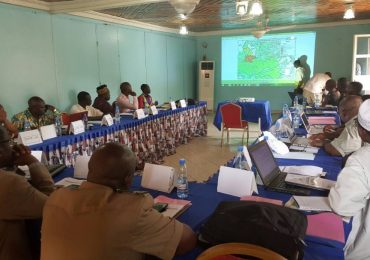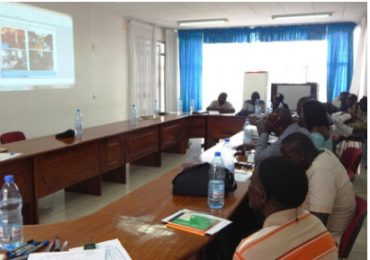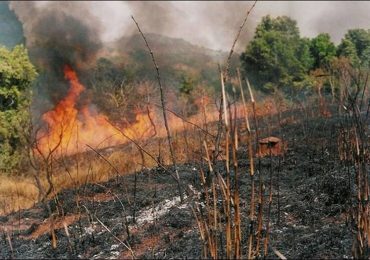Many years of misguided policies and bureaucratic bungling have left the inhabitants of Upper Mawoh neighbourhood in Limbe in the South West Region defenceless against ravaging floods and tremors.
By Martin Che
On Tuesday, June 18, residents of Upper Mawoh watched in disbelief the results of a tremor that dislodged the earth covering an area of approximately four football fields.
Upper Mawoh is home to more than 3.000 people.
The tremor that shook Upper Mawoh caused the collapse of a bore hole, nine houses and the walls of some buildings.
Equally disturbing and frightening are the long, visible dents in the earth left by the tremor.
The powers that be may look the other way at the impending disaster that might strike Limbe inhabitants, but the recent “shallow” earth tremor that jolted Mawoh would be a sharp reminder of the 2001 Mabeta New Layout landslide (in Limbe) which buried 23 people alive.
Tourists to the area had claimed that deep-seated rumblings of the earth were felt.
The attention of the authorities was drawn to it.
After the Mabeta New Layout incident that occurred about 350 metres from the Mawoh neighbourhood, the government accepted the need to set up seismological monitoring devices on some of “the most prone areas”.
The equipment may even have given warning signs of the 2003 Wabane landslide that claimed 23 lives and the volcanism which led to eruption that laid waste hectares of land in Bakingili within the Limbe municipality.
But till date, not one seismographic device has been installed in Limbe or remotely anywhere.
There is little evidence yet that Cameroonians were warned ahead of the vicious landslide in the Lifanda Congo and Mabeta New Layout, although there are local reports of tremors now and again.
The problem with the handling of environmental hazards in Limbe is that it is essentially cosmetic.
The Jengele stream that divides Mabeta New Layout and Mawoh is where inhabitants dump their household refuse. There too, where mosquitoes breed, the people bathe.
In Upper Mawoh, there is no pipe-borne water. The over 3.200 inhabitants here depend on a small spring.
It would appear the Limbe City Council has decided not to address the problems of Mawoh.
With incessant torrential rains pounding Limbe for days on end, and coupled with intermittent earth tremors, the concerned authorities should act quickly to forestall any eventual catastrophe.
A Limbe I Council official told The Green Vision that in 2012 the Delegation of Urban and Housing Development sidelined the council in a 60-million franc cfa deal to construct culverts and drainages in Limbe that could have helped to direct flood waters to the sea.
“Some culverts were constructed, yes, but the floods have collapsed a perimeter wall around the nursing training school,” the official said.
By press time, Limbe City Council had issued an ultimatum for the inhabitants of Mawoh-Motowoh to evacuate.
“I have given them ultimatum to quit the area latest 6 pm today (July 27),” said the Secretary General of the Limbe City Council, Nkongho Arrey.
Meanwhile, the Senior Divisional Officer (SDO) for Fako, Zang III, said, “What happened in Matowoh?”
When The Green Vision told the SDO about the devastating floods that had inundated Matowoh, he said, “go and see the Government Delegate, he is the boss of the town.”









